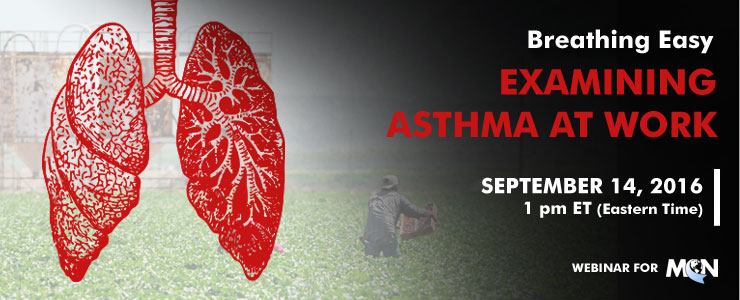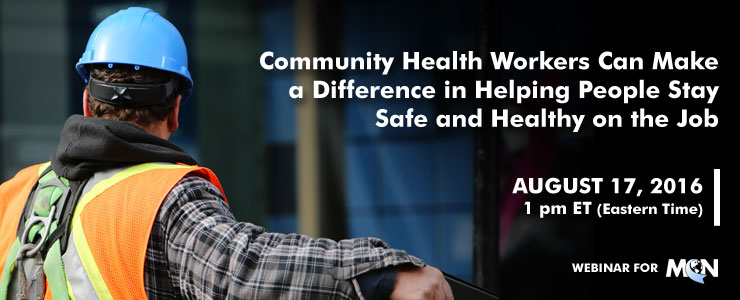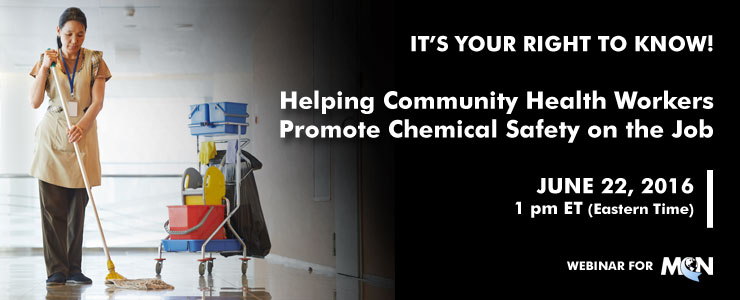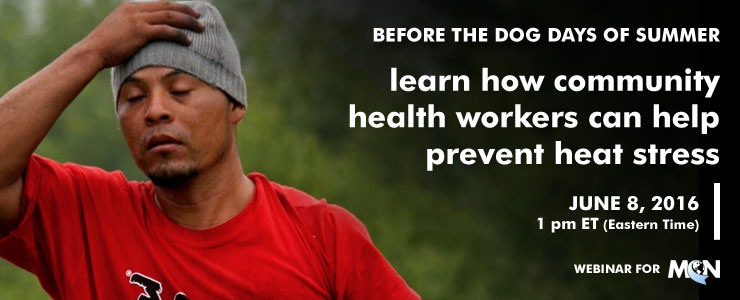En los años 1999 a 2013, las estadísticas del Cáncer en los Estados Unidos: un informe basado en el web sobre la Incidencia y Mortalidad, incluye las estadísticas oficiales federales de la incidencia de cáncer obtenidos por registros que tienen datos de alta calidad , y las estadísticas de mortalidad por cáncer. Este reporte es producido por los Centros de Control y Prevención de Enfermedades (CDC) y el Instituto Nacional de Cáncer (NCI). El informe muestra que en el año 2013, había 1,536,119 estadounidenses que recibieron un nuevo diagnostico de cancer invasivo y 584,872 estadounidenses murieron de esta enfermedad; estas cuentas no incluyen el cáncer in situ o los más de 1 millón de casos de los cánceres de la piel de células basales y escamosas, que son diagnosticados cada año.
El informe de este año cuenta con información sobre los casos de cáncer invasivo que fueron diagnosticados en 2013. Contiene los datos más recientes de incidencia disponibles, entre los residentes de 49 estados, 6 áreas metropolitanas, y el Distrito Federal de Columbia ㅡáreas geográficas en donde aproximadamente 99% de la población de los Estados Unidos reside. Los datos de incidencia son del Programa Nacional de Registros del Cáncer bajo de la agencia de los Centros Para el Control de Enfermedades (CDC), y la Vigilancia, Epidemiología, y Resultados Finales (SEER) del Instituto Nacional del Cáncer (NCI). Los datos basados en la población central de los registros de cáncer en estos estados y áreas metropolitanas cumplen con los criterios para su inclusión en el presente informe.
El informe también proporciona datos de mortalidad por cáncer recogidos y tratados por en Centro Nacional de Estadísticas de Salud de la CDC. Las estadísticas de mortalidad, con base en los registros de muertes que se produjeron durante el año 2013, están disponibles para los 50 estados y el Distrito de Columbia.
El informe también incluye las tasas de incidencia y los recuentos de Puerto Rico para el año 2009 hasta el año 2013 por sexo y edad así como tumor cerebral y los datos de cáncer infantil.
Los datos de USCS se presentan el las siguientes aplicaciones:




